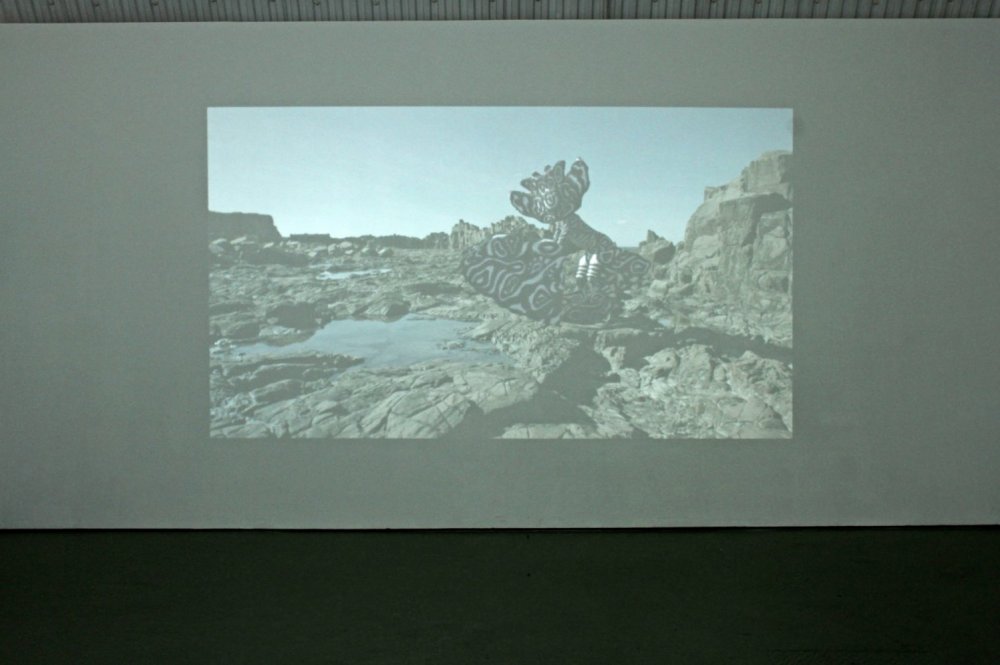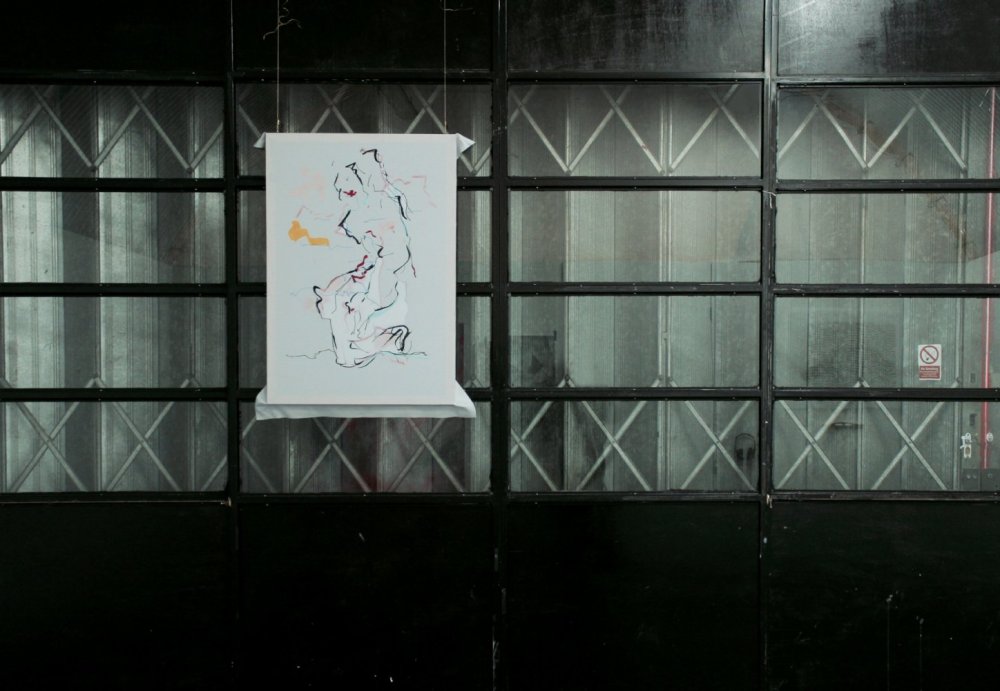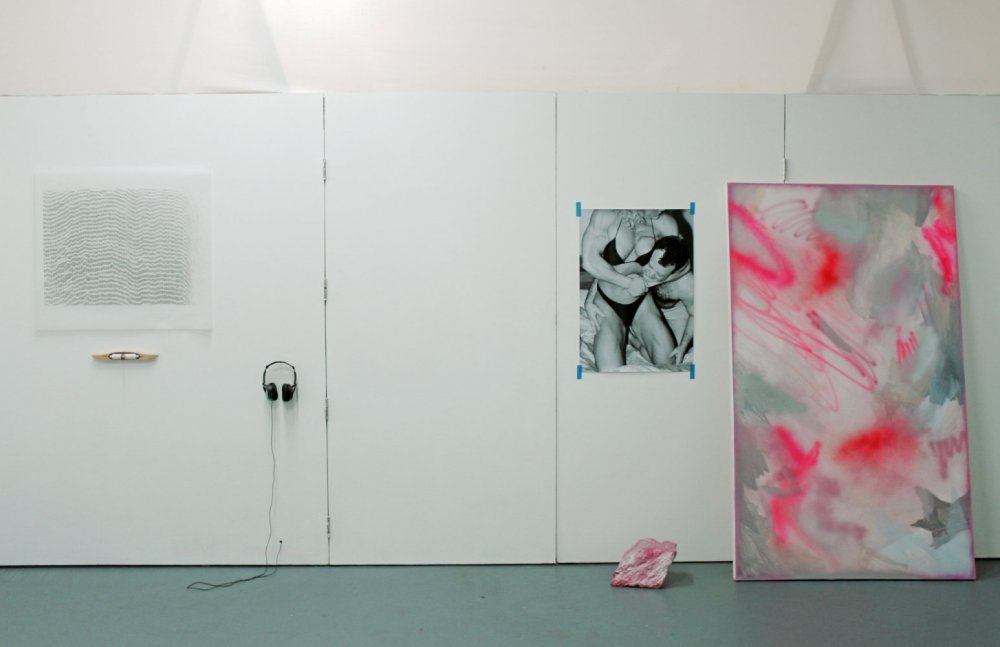In their ongoing interest in “discovering new lexica for queer in contemporary art and media” Binghao Wong –writer and curator of Arcadia Missa‘s Asymmetric Grief exhibition, that ran July 17 to 25 –focusses in on the work of London based artist and composer Adam Saad:
“it would seem that my doctor thinks of pain as an exception
what a privilege it is to navigate the world like that
as if pain is something you can pinpoint and eliminate
not the only thing that reminds you that you have a body
to begin with.
…
we are not broken
we are working the way we were told to
do you understand?”
– stanzas from ‘the bible belt’ courtesy Alok Vaid-Menon.
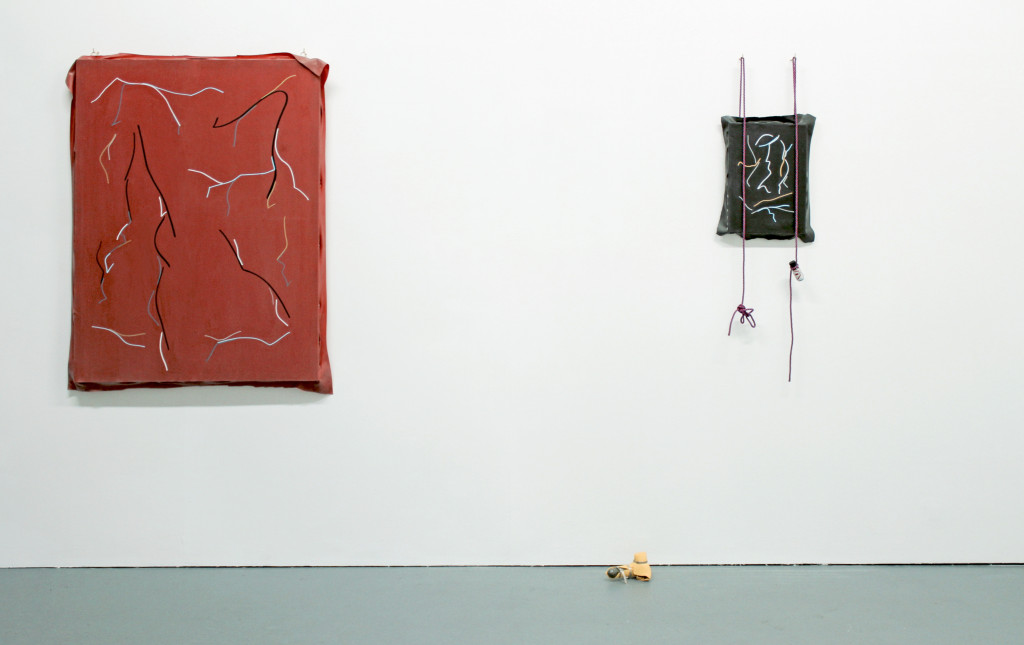
In 1989, Kimberlé Crenshaw made the incisive observation that women of colour are often rejected from both of their identitarian camps, leaving them legislatively and socially vulnerable. Indebted to like-minded formulations of the unique pains of intersectionality, Asymmetric Grief was borne of an agential desire to manifest the complexities of intersectional queer subjects. Further, as queerness has now become synonymous with a certain degree of cultural currency or capital, the project grapples with the contingencies and pitfalls of our heightened visibility. In the fields of contemporary art and media, how then can we represent the realities of injustice and agony that have been equivocally leveled against us? At its core, Asymmetric Grief foregrounds enduring self-portraits of what queerness really looks like in an era dominated by pinkwashed, white homonormativity.
As diasporic queers of colour, the edification of a small minority of white, Euro-American gay men and women proves that LGBTQ+ ecologies are not homeostatic. Rather, we teeter on unbalanced scales. While prim and proper white gay bodies are elevated in their conservative quests for marriage equality and familial security, global brown bodies are demonized and debased as homophobic terrorists. What goes up must come down. Among communities of colour, yellow Asian bodies are infantilized and hence lauded as model minorities because of our silent complicity, while brown and black bodies continue to be openly incarcerated and murdered.
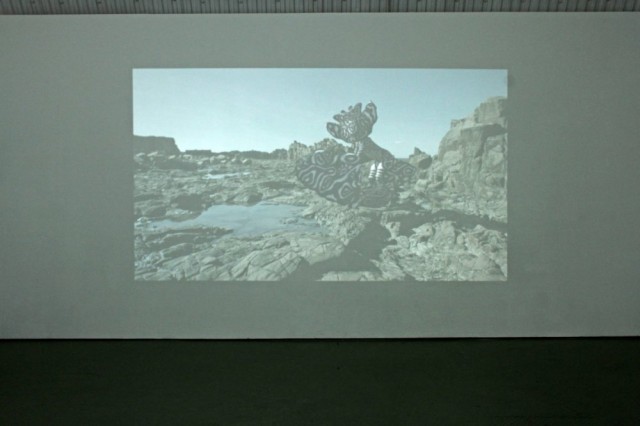
We celebrate our newfound pink power, but at what cost? When pride parades co-opt spectacle in the (dis)service of financialized queerness, it becomes apparent that we are no longer the ones who benefit from publicity. Riding the torpid white-wave of inclusion, recent repeals of laws prohibiting queer and trans subjects from serving in militaries go directly against the foundations of queer activism. By supplementing the very powers that police and persecute us, from the streets (in)to detention centers, queers of colour are ironically further denigrated in our supposed social uprising.
Our lives resemble arithmetic. However, when coordinating queerness, we end up with equations that are never balanced or correct. There isn’t a clear divide between right and wrong, because the answers we seek are as convoluted as the problems we face. For intersectional queer subjects, universality and resolution are unfathomable calculations.
Instead of imaging unquestioned success and progress, I observe that intersectional queer artists often employ what Jack Halberstam calls “technotopic” representations in order to picture the dissonant particularities of their multivalent narratives. Contradiction, rather than comprehension, is the objective. London-based artist Adam Saad renders drawings that weaponize representation in this way, allowing it to speak obliquely for the incongruences of queer realities.
An abstract practice of formalism thus takes precedence over didactic politics. In ‘Cruis[IN] Portal (Dreamlover) I & II’ (2015), Saad uses erasable markers to draw on the equally perishable and transient material of latex, strategically enacting dual deaths. Tangentially, he envisions ‘*Oral* Resurrection (My All)’ (2015) as an installation comprising a digitally enlarged drawing on waterproof fabric which is then intentionally exposed to water. These self-thwarting technologies of representation manifest the political unknowability of queer intersectionality. It is precisely these erratic, unresolved formal tensions that concretize the debilitating structural inequalities leveled against intersectional queer subjects. **
The Asymmetric Grief group exhibition was on at London’s Arcadia Missa, running July 17 to 25, 2015.
Header image: Adam Saad, ‘*Oral* Resurrection (My All)’ (2015). Courtesy Arcadia Missa, London.
